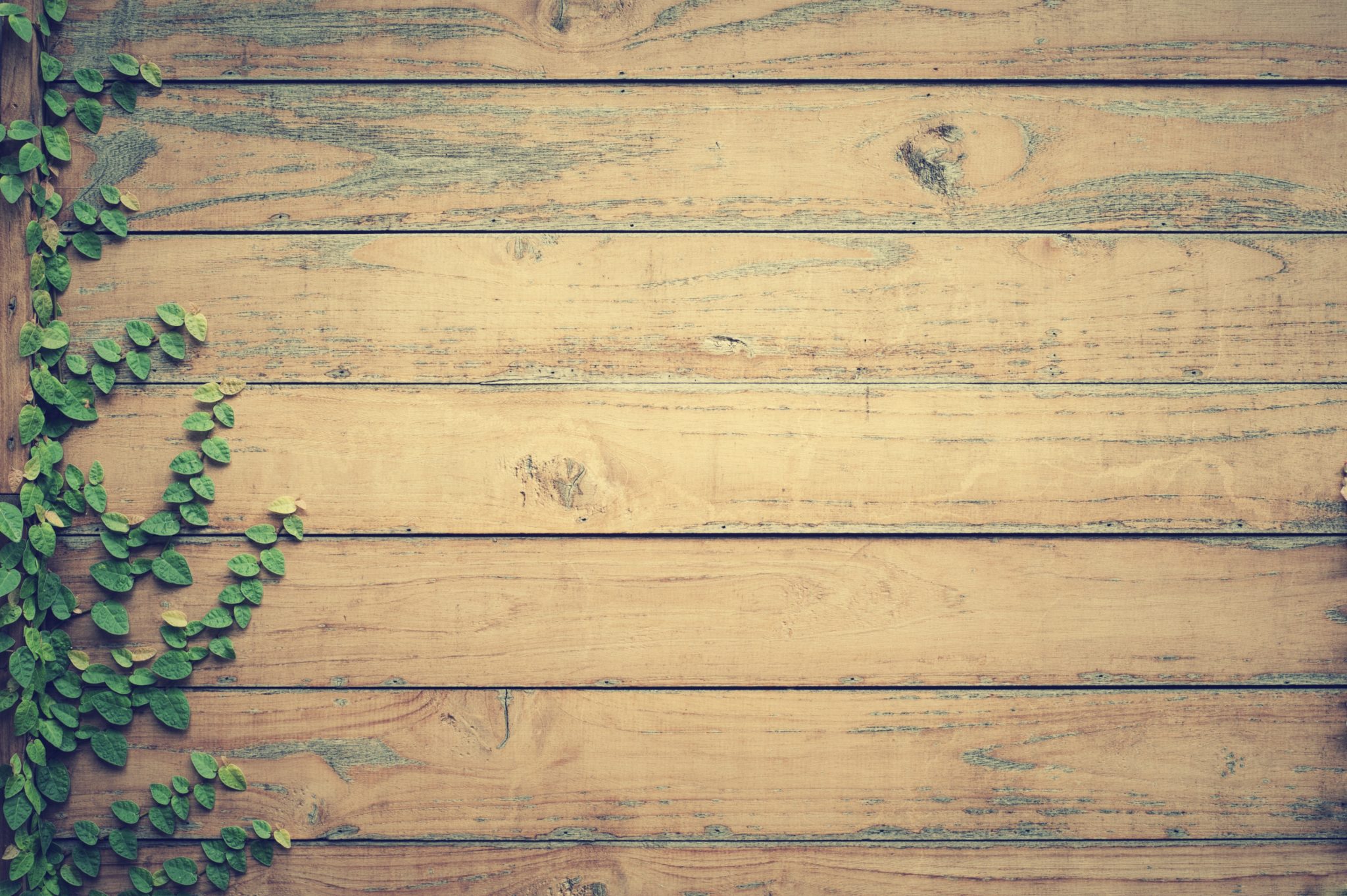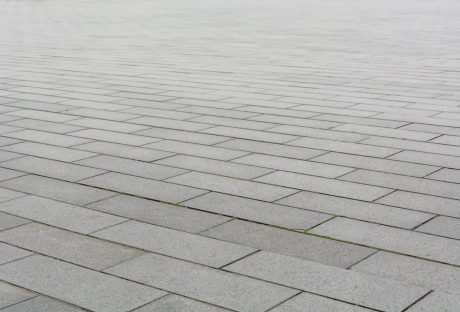Everyone wants their house to be more beautiful than others. They try to go for new designs, new ideas about interior decoration available in the market. One of the ideas that attract many of us is wooden flooring. Wooden flooring gives your house a fresh and sophisticated look making it far better than others.
If you are going to remodel your house, it is a beneficial idea to opt for wooden flooring in a couple of rooms. When researching this topic, you will get tons and tons of information. Thus while going for wooden flooring, you should keep in mind certain basic things. Going for a wooden floor gives you three main options:
- solid hardwood
- laminate flooring
- engineered wood
Solid hardwood flooring:
As the name suggests, this sort of flooring comprises of solid wood everywhere; right from the top to the bottom. No materials are added to this flooring. The material is the raw wood which is directly extracted from the logs of the trees. They are the typical wooden floors. Hardwood flooring comes in two type- unfinished or pre-finished. The unfinished ones are seen to be quite cheaper than the prefinished ones. The unfinished ones need quick light sanding, followed by staining (non-compulsory) and sealing; whereas with the prefinished ones, you can walk on it right after the installation.
With the prefinished ones, the advantage is that it does not take much time and can be used instantly. In the case of the unfinished ones, the usage should be limited until the sealing has been done. The sealant takes around forty-eight hours to dry. Additional coatings may also be needed afterward. This has the advantage to get the exact specifications demanded by staining it.
A popular type of hardwood flooring is bamboo flooring. It is a grass rather being hardwood and is highly valued for its environment-friendly qualities. The hardwoods need to be cut and nailed to a wooden sub-floor or else it is not possible to install it. Unlike others, it does not get installed straight on concrete or top of the existing floor. Because of this requirement, it is necessary to hire hardwood floor installers.
Hardwoods are prone to scratches and dents, thus looking for the perfect hardwood type satisfying your pocket and lifestyle is very necessary. This flooring method can be changed again and again and stays for many years but this type of flooring is also not suitable for most areas.
Engineered wood flooring:
Engineered wood flooring can be called as an option to the solid form of hardwood flooring. They are made of plywood and finish wood. The finished wood is the visible portion and on which we walk on. The lower portion i.e. the plywood comprise 80 to 90 percent of the floor. The plywood differentiates the engineered form of wood flooring from the solid ones.
Engineered wood flooring comes with a variety of installation choices. The thinner models can be discarded and the thicker ones can be set up as floating floors. They are easy to install and can be easily installed by anyone as it does not comprise of any largely sized staplers to drag around or any sub-floors. The floating floor can be installed on top as long as the current floor is flat and firm.
One disadvantage of engineered wood flooring is that the thinner top layer can be sanded but not many times. It can be sanded like around once or twice. In this type of flooring, it is difficult to sand out the dents and scratches like the solid hardwood type. It is better to consult the flooring firm prior to sanding or taking any action as it can cause any damage which may not be fixable.
Laminate flooring: this is the third type of flooring and is not genuine wood flooring like the previous ones. The top layer comprises a resin-infused sheet, and it is usually quite thin. So it can be termed as wood but does not satisfy the name in literal terms. This is a popular kind of flooring as it has a great imitation of wood. The layer of resin is nothing but a photo of wood very finely crafted. This artificial texture cannot be differentiated by the naked eye from the real ones. This kind of flooring is in high demand and is seen as an option of wood flooring.
This type of flooring is very easy to install and is scratch-resistant and works very well in moist environments thus has a lot of advantages. This flooring is again slippery, hard to walk on and can’t be sanded.
Thus we can come to the conclusion that before going for any kind of wood flooring, everyone must know about these different types of flooring along with their pros and cons. A very efficient flooring company is Evolution Floors Brisbane who can make it easier for you and help you to create a better home with better flooring.
Read Also :






















